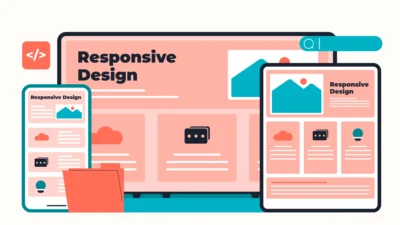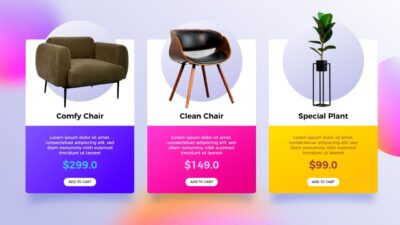Setting the right price isn’t just about numbers; it’s about understanding how people think. Pricing can influence how customers perceive your product and whether they decide to buy. By applying a few psychological principles, you can turn casual browsers into loyal buyers. Let’s explore simple yet powerful pricing strategies that work like magic.
1. Anchor Pricing: Make the Deal Look Better
Have you ever noticed how some stores show a higher price crossed out next to the actual price? That’s anchoring. It’s a way to make the new price look like a steal.
Example:
A jacket is listed at $120 but marked down to $75. Even if $75 is still profitable for the seller, the $120 anchor price makes it feel like a bargain.
Tip: Always display the original price when running a discount. This comparison can make customers feel they’re getting a great deal.
2. Charm Pricing: The Power of .99
Prices ending in .99 or .95 are everywhere for a reason. They create the perception of a lower price, even if it’s just by a cent.
Example:
A product priced at $19.99 feels cheaper than $20, even though the difference is minimal. This small tweak can make a big difference in sales.
Tip: Use charm pricing for products you want to highlight as affordable or value-for-money.
3. Bundle Pricing: More Value, Less Hesitation
Bundling products together at a discounted price makes customers feel they’re getting more for less.
Example:
Instead of selling a shampoo for $10 and a conditioner for $8, offer both for $15. The perceived savings encourage customers to buy both items.
Tip: Highlight the individual prices versus the bundle price to emphasize the value.
4. The Rule of Three: Create Comparison
Offering three pricing options—basic, standard, and premium—can guide customers toward the middle option, which often feels like the best deal.
Example:
A streaming service offers:
- Basic Plan: $5/month (limited features)
- Standard Plan: $10/month (most popular)
- Premium Plan: $20/month (all features)
Most customers will pick the standard plan, seeing it as the best value for the price.
Tip: Position your most profitable option as the “best value” choice.
5. Scarcity and Urgency: Act Now!
Creating a sense of urgency or scarcity pushes customers to make quick decisions. Limited-time offers or low-stock notices can drive sales.
Example:
“Only 2 left in stock!” or “Sale ends tonight!” These messages tap into the fear of missing out (FOMO).
Tip: Use urgency sparingly and genuinely to maintain trust.
6. Free Shipping: A Deal-Maker
Many customers abandon their carts because of unexpected shipping costs. Offering free shipping, even if you slightly increase product prices, can reduce cart abandonment.
Example:
Instead of $25 for a product + $5 shipping, price it at $30 with free shipping. Customers will likely find the latter more appealing.
Tip: Clearly highlight “Free Shipping” in your listings to draw attention.
Final Thoughts
Pricing isn’t just about numbers—it’s about psychology. By understanding how customers think and making small adjustments to your pricing strategy, you can create a big impact on sales. Whether it’s through anchoring, charm pricing, or free shipping, these techniques help you connect with your customers and turn their browsing into buying.
Start experimenting with these strategies today and watch your sales grow!



